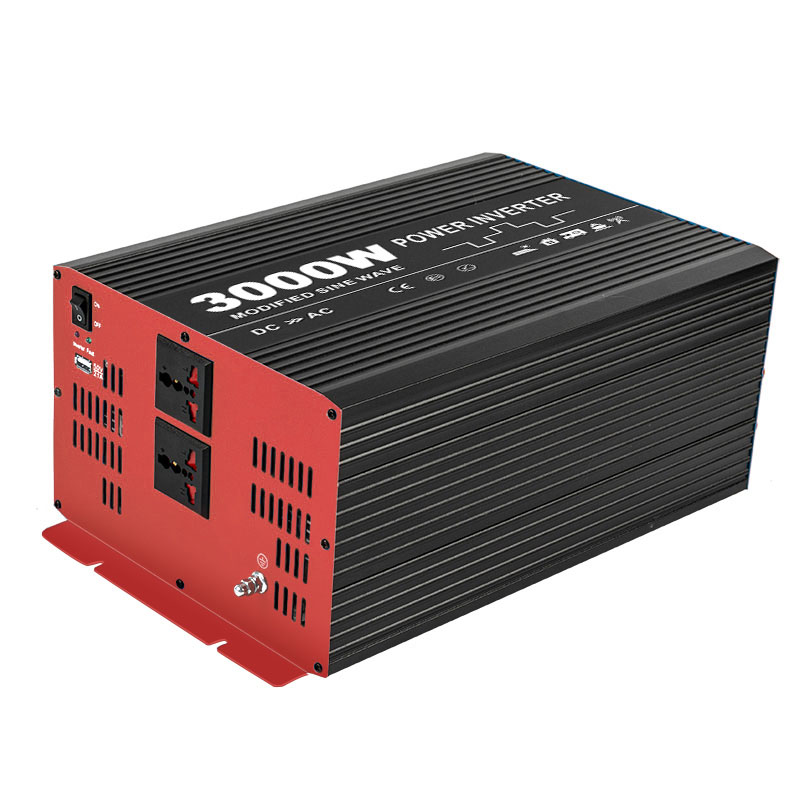Considerations related to modified sine wave inverters
2023-11-17
A Modified Sine Wave Inverter is a type of power inverter that converts direct current (DC) to alternating current (AC). It is called "modified" because the output waveform is a stepped approximation to a sine wave rather than a pure sine wave. Here are key features and considerations related to modified sine wave inverters:
1. Waveform:
- Stepped Waveform: The output waveform of a modified sine wave inverter consists of a series of steps to approximate a sine wave. It is a more straightforward and less refined waveform compared to a pure sine wave.
2. Applications:
- Compatibility: Modified sine wave inverters are generally suitable for most basic electronic devices and appliances but may not be suitable for certain sensitive equipment.
- Common Applications: They are commonly used in applications such as powering lights, fans, kitchen appliances, and some power tools.
3. Cost:
- Affordability: Modified sine wave inverters are often more affordable than pure sine wave inverters, making them a popular choice for budget-conscious consumers.
4. Efficiency:
- Lower Efficiency: In certain cases, modified sine wave inverters may be less efficient than pure sine wave inverters, especially for devices with motors or sensitive electronics.
5. Compatibility:
- Most Appliances: Many common appliances and devices can run on a modified sine wave without issues, but there are exceptions.
- Potential Issues: Some devices, particularly those with variable speed motors, audio equipment, and medical equipment, may experience problems or reduced efficiency when powered by a modified sine wave.
6. Noise and Heat:
- Noise and Heat Generation: The stepped waveform can contribute to increased heat generation and audible noise in certain devices, potentially affecting their lifespan.
7. Battery Drain:
- Potential Higher Battery Drain: Devices powered by modified sine wave inverters might consume more power than when powered by pure sine wave inverters, potentially affecting battery life in off-grid applications.
8. Inverter Size:
- Available Sizes: Modified sine wave inverters are available in various sizes, ranging from small inverters for powering a few devices to larger inverters for more substantial power requirements.
9. Sine Wave Comparison:
- Comparison with Pure Sine Wave: While modified sine wave inverters are more affordable, devices with sensitive electronics, audio equipment, or motors often perform better and more efficiently when powered by a pure sine wave inverter.
10. Consideration for Sensitive Devices:
- Caution for Sensitive Electronics: If you plan to power sensitive devices, it's essential to check the manufacturer's recommendations and, if necessary, opt for a pure sine wave inverter.
When choosing an inverter, the decision between modified sine wave and pure sine wave depends on the types of devices you intend to power and your budget constraints. For applications with sensitive electronics or motor-driven devices, a pure sine wave inverter is generally recommended to ensure optimal performance and compatibility.



